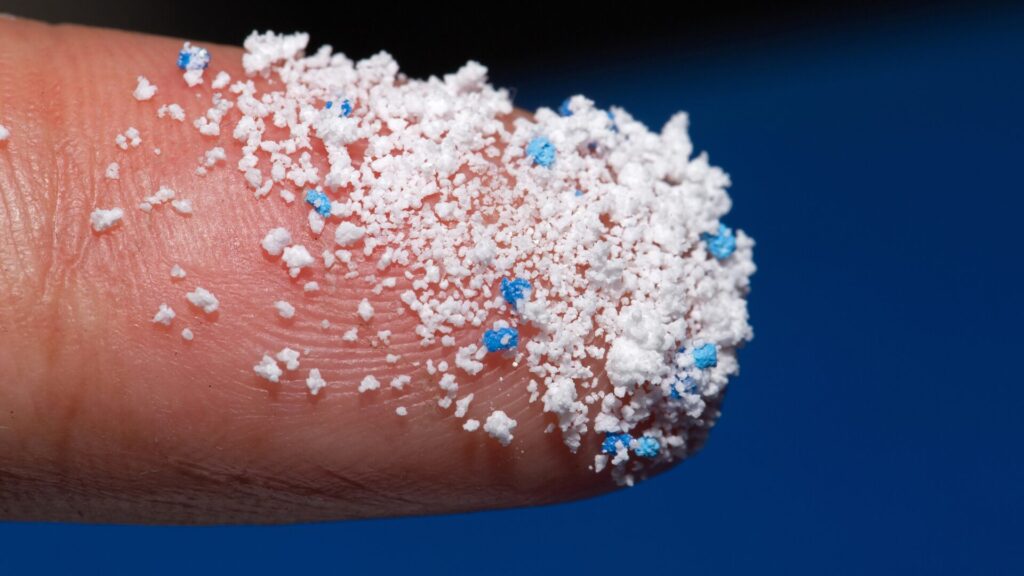The Hidden Danger on Our Roads: How Tire Wear Pollutes Our Waterways, And What We Can Do About It

Every few years, you replace the tires on your car. But have you ever wondered where all that worn-down rubber goes?
Unfortunately, much of it ends up in our waterways — not as visible chunks, but as microscopic particles of synthetic rubber known as tire wear particles. These microplastics don’t just pollute; they carry toxic chemicals that harm fish, wildlife, and possibly even humans.
Recent studies show that tire wear particles may account for up to 45% of all microplastics in aquatic and terrestrial environments. When tires rub against the road, they release tiny particles that rain washes into ditches and storm drains, which flow directly into streams, rivers, and eventually the ocean.
The damage is real. Some fish species — including rainbow trout and coho salmon — have been found to die before spawning, poisoned by 6PPD-Q, a chemical derived from tire additives. This chemical has also been found in human urine samples, and emerging research suggests it may harm the liver, lungs, and kidneys.
So what can we do about it?
Researchers at the University of Mississippi are testing low-cost, scalable solutions that use agricultural waste like pine wood chips and biochar (a charcoal-like substance made from heating rice husks) to filter these particles from stormwater. In recent tests, these biofilters removed up to 90% of tire wear particles. The approach is promising and could be replicated in communities nationwide.
But let’s be clear: even with innovative solutions like these, the most effective way to prevent microplastic pollution from tires is to reduce how much we drive in the first place.
That’s where the proposed mobility sales tax on the ballot this November comes in.
This measure would fund a more robust public transportation network and safer walking and biking infrastructure — giving residents better alternatives to driving and ultimately reducing tire pollution at the source. Less driving means fewer tire particles, cleaner air and water, and a healthier community.
As we work toward cleaner streets and streams, voting yes on the mobility tax is a vote for long-term environmental health — from the roads beneath our feet to the fish on our plates.
Let’s protect our waterways, our wildlife, and our future — starting with how we move today.
- Read more about microplastics from tires and innovative biofiltration research in the original article from The Conversation here.
- Learn more about the mobility sales tax and how it supports sustainable transportation at SustainCharlotte.org/MobilityTax
